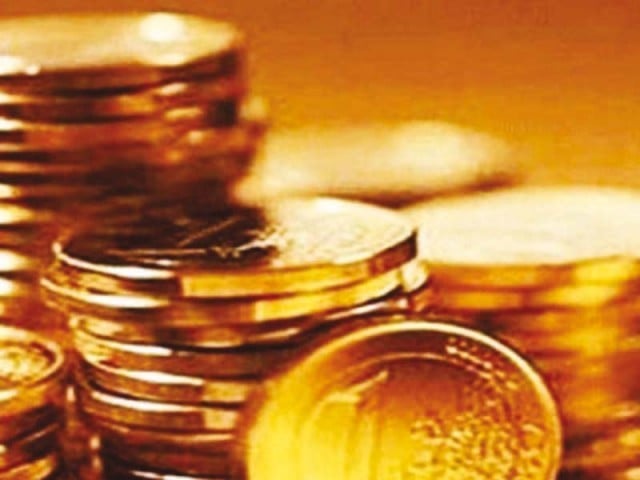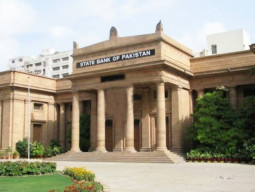
In Pakistan, credit to gross domestic product ratio is around 14.3 % in FY15 which is considered to be relatively low and is continuously declining since 2008. The current statistics of the private sector credit are not good enough. The flow of private credit came down from Rs371 billion in FY14 to Rs209 billion in FY15. This decline is associated with a number of demand and supply side factors.
Supply side factors
From the perspective of supply side, credit narrative is based on the scarcity principle, which means that private sector credit is limited and private borrowers have to compete among themselves and with the government for credit. If a government takes a big slice of limited credit, then it is known as the ‘crowding out’ phenomenon.
Private borrowers also compete for scarce credit and this competition may increase the price of credit. Statistics show that there is a lack of competition among the private borrowers and even between the private borrowers and the government since the interest rate has gone down by 300 basis points instead of going up.
Demand side factors
In a normal discourse, the demand side of the story is not touched upon. However, demand side of this credit narrative is equally important. From the perspective of demand side, borrowers are not interested in taking credit even if credit is available at a low interest rate.
Borrowers could be industrialists who either invest in fixed capital formation to expand their factories or for working capital to meet the day-to-day business exigencies.
Current statistics shows that demand for credit is picking up at a snail’s pace. The industrialists are still reluctant to invest in new equipment, machinery and plant. The low credit off-take also shows the low ‘animal spirits’ of industrialists in Pakistan. These dwindling ‘animal spirits’ are a result of low emotional push which may guide investor behaviour.
If we ask an industrialist, why aren’t you investing? He complains about electricity load shedding, tripping, unavailability of gas, archaic regulations and procedures. Specifically, energy crises are stunting the normal functioning of factories. Industrialists are operating below normal capacity at the moment either due to lack of demand of their products or inability to fulfill the commitments in a timely manner.
When industrialists expect a robust demand of their products, they would become optimistic and this optimism propels them to invest. The robust demand either comes from abroad or home. By looking at the global picture, there is a situation of glut and the current circumstances deeply impact mindset and behaviour.
In addition, domestic demand is not picking up since public spending especially in terms of investment is very low. Under these circumstances, demand for credit would remain dismal for some time.
Pakistan’s service industry
Pakistan has become a service-oriented economy and it is relatively light weight in terms of capital. The services sector doesn’t require huge amount of credit, in comparison to the industrial sector. Since the Large Scale Manufacturing Index (LSMI) expanded by 3.2 % in FY15, this is also a manifestation of low ‘animal spirits’ of the industrials.
In short, industrialists are not demanding credit from the commercial banking system despite historically low interest rates since they are cautious in their investment decisions at the moment. However, positive developments on China Pak Economic Corridor (CPEC), betterment in energy situation and post Extended Fund Facility may energise their ‘animal spirits’ and they may think of investing.
The writer is an Assistant Professor of Economics at Lums
Published in The Express Tribune, September 14th, 2015.
Like Business on Facebook, follow @TribuneBiz on Twitter to stay informed and join in the conversation.


































1714129906-0/Clint-Eastwood-(1)1714129906-0-270x192.webp)






COMMENTS (1)
Comments are moderated and generally will be posted if they are on-topic and not abusive.
For more information, please see our Comments FAQ